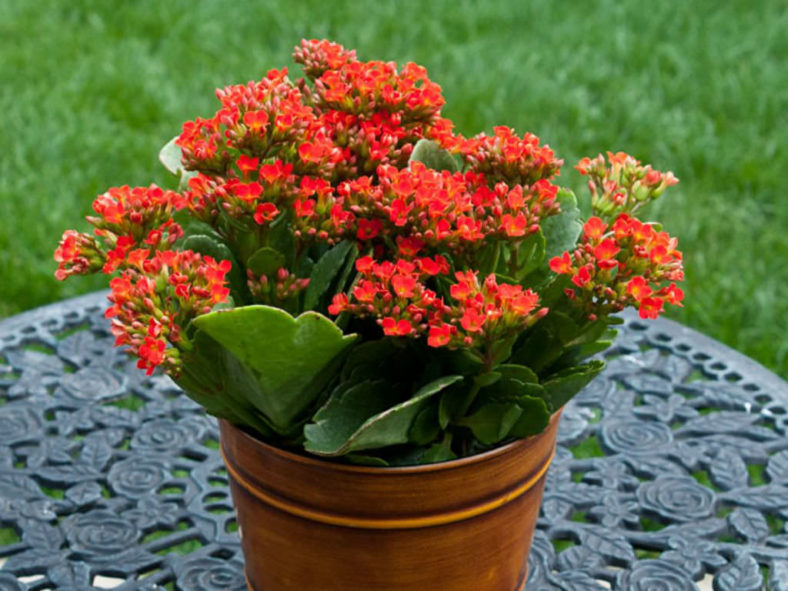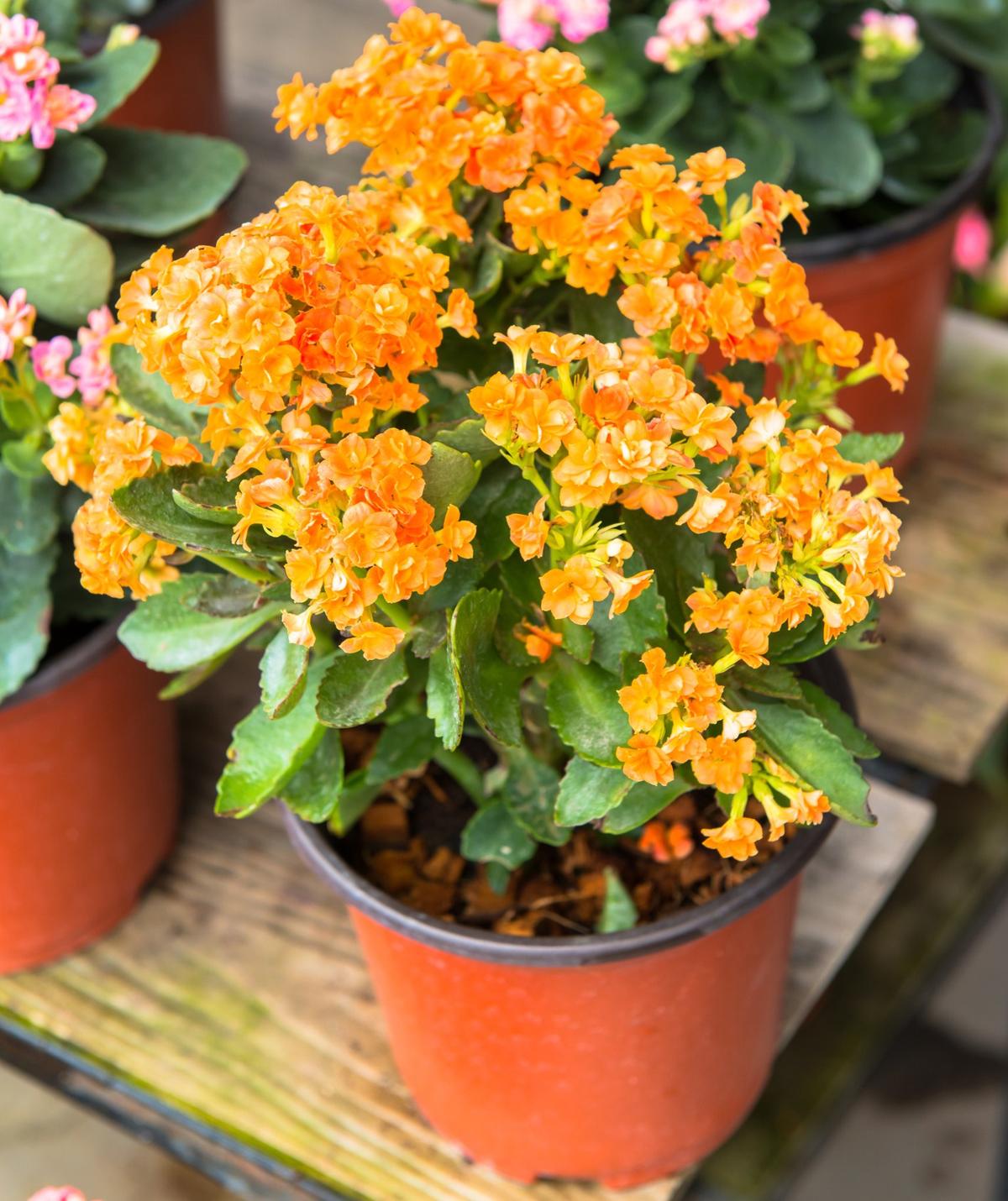Unlocking the Secrets of Kalanchoe Success
Kalanchoe plants have gained immense popularity in recent years, and it’s easy to see why. With their vibrant colors, delicate shapes, and low-maintenance requirements, they’ve become a staple in many homes and offices. However, to truly thrive, these plants require proper care and attention. Learning how to care for a kalanchoe plant is crucial to ensure its survival and encourage it to flourish. By understanding the needs of your kalanchoe plant, you can enjoy the many benefits it has to offer, including air purification, aesthetic appeal, and even stress relief. With the right care, your kalanchoe plant can become a stunning addition to any space, providing a touch of natural elegance and beauty.
Lighting Essentials: Finding the Perfect Spot
When it comes to how to care for a kalanchoe plant, one of the most critical factors to consider is lighting. Kalanchoe plants require a delicate balance of direct and indirect sunlight to thrive. Placing your kalanchoe plant in a spot that receives bright, indirect sunlight for 4-6 hours a day is ideal. However, it’s essential to avoid direct sunlight, especially during the hottest part of the day, as it can cause leaf scorch and discoloration. During the winter months, kalanchoe plants may require more indirect sunlight, as the days are shorter and the sun is weaker. By adjusting the lighting conditions according to the season, you can ensure your kalanchoe plant receives the right amount of light to promote healthy growth and development.
Watering Wisdom: Avoiding Overhydration and Underhydration
Mastering the art of watering is crucial when learning how to care for a kalanchoe plant. Kalanchoe plants are sensitive to water, and both overhydration and underhydration can be detrimental to their health. To avoid these common mistakes, it’s essential to check the soil moisture regularly. Stick your finger into the soil up to the first knuckle, and if the soil feels dry, it’s time to water. Water your kalanchoe plant sparingly, as the roots are prone to rot if the soil is too moist. Watering once a week is usually sufficient, but this may vary depending on the climate and time of year. During the winter months, kalanchoe plants require less water, as they are dormant. By watering correctly, you can ensure your kalanchoe plant receives the right amount of moisture to thrive.
Fertilizing for Optimal Growth
Fertilizing is a crucial aspect of how to care for a kalanchoe plant, as it provides essential nutrients for healthy growth and development. Kalanchoe plants require a balanced fertilizer that is rich in phosphorus, nitrogen, and potassium. A water-soluble fertilizer with a ratio of 20-20-20 is ideal, and it should be applied once a month during the growing season (spring and summer). During the dormant season (fall and winter), fertilization can be reduced to once every two months. It’s essential to avoid overfertilization, as this can cause more harm than good. Additionally, the soil pH balance should be maintained between 6.0 and 7.0 to ensure optimal nutrient absorption. By fertilizing correctly, you can promote healthy growth, vibrant colors, and abundant blooms in your kalanchoe plant.
Temperature and Humidity: Creating a Comfortable Environment
Kalanchoe plants thrive in environments with specific temperature and humidity ranges. The ideal temperature for kalanchoe plants is between 65°F (18°C) and 75°F (24°C), making them perfect for indoor spaces. Avoid placing your kalanchoe plant near heating or cooling vents, fireplaces, or drafty windows, as this can cause temperature fluctuations. In terms of humidity, kalanchoe plants prefer a relatively low humidity environment, around 40-50%. To maintain this humidity level, you can use a humidifier or group plants together to create a microclimate. During the winter months, it’s essential to move your kalanchoe plant to a cooler location, around 55°F (13°C), to promote healthy growth and prevent leaf drop. By providing your kalanchoe plant with the right temperature and humidity conditions, you’ll be well on your way to learning how to care for a kalanchoe plant and enjoying its beautiful blooms and vibrant foliage.
Pest Control and Disease Prevention
When learning how to care for a kalanchoe plant, it’s essential to be aware of common pests and diseases that can affect its health. Mealybugs, spider mites, and scale are common pests that can infest kalanchoe plants, causing damage to the leaves and stems. To prevent infestations, inspect your plant regularly, and isolate new plants before introducing them to your indoor space. For organic pest control, use neem oil or insecticidal soap to treat infestations. Additionally, fungal diseases like root rot and leaf spot can occur due to overwatering or poor air circulation. To prevent these diseases, ensure good air circulation around the plant, and avoid waterlogging the soil. If you notice any signs of disease, remove affected leaves or stems, and treat the plant with a fungicide. By being proactive in pest control and disease prevention, you can ensure your kalanchoe plant remains healthy and thriving.
Pruning and Grooming: Shaping Your Kalanchoe’s Beauty
Pruning and grooming are essential aspects of learning how to care for a kalanchoe plant. Regular pruning helps maintain the plant’s shape, promotes healthy growth, and encourages blooming. To prune your kalanchoe plant, remove any dead or damaged leaves or stems, and trim back leggy growth to encourage bushy development. Use clean, sharp scissors or pruning shears to prevent spreading diseases. Additionally, grooming your kalanchoe plant involves dusting the leaves with a soft-bristled brush to remove dirt and debris, and wiping down the pot with a damp cloth to remove any mineral deposits. By pruning and grooming your kalanchoe plant regularly, you can maintain its beauty and promote optimal growth. Remember, proper pruning and grooming techniques are crucial when learning how to care for a kalanchoe plant, as they can make a significant difference in the plant’s overall health and appearance.
Troubleshooting Common Kalanchoe Care Issues
When learning how to care for a kalanchoe plant, it’s essential to be aware of common issues that may arise and know how to address them. One common problem is leaf drop, which can be caused by overwatering, underwatering, or extreme temperature fluctuations. To prevent leaf drop, ensure proper watering techniques, and maintain a consistent temperature between 65°F to 75°F (18°C to 24°C). Another issue is root rot, which can occur due to waterlogged soil. To prevent root rot, avoid overwatering, and ensure good drainage in the pot. If you notice any signs of root rot, repot the plant in fresh, well-draining soil. Slow growth is another common issue, which can be caused by inadequate lighting or insufficient fertilization. To promote healthy growth, provide your kalanchoe plant with bright, indirect sunlight, and fertilize sparingly during the growing season. By being aware of these common issues and knowing how to troubleshoot them, you can ensure your kalanchoe plant remains healthy and thriving. Remember, proper care and attention are crucial when learning how to care for a kalanchoe plant, and troubleshooting common issues is an essential part of that process.







